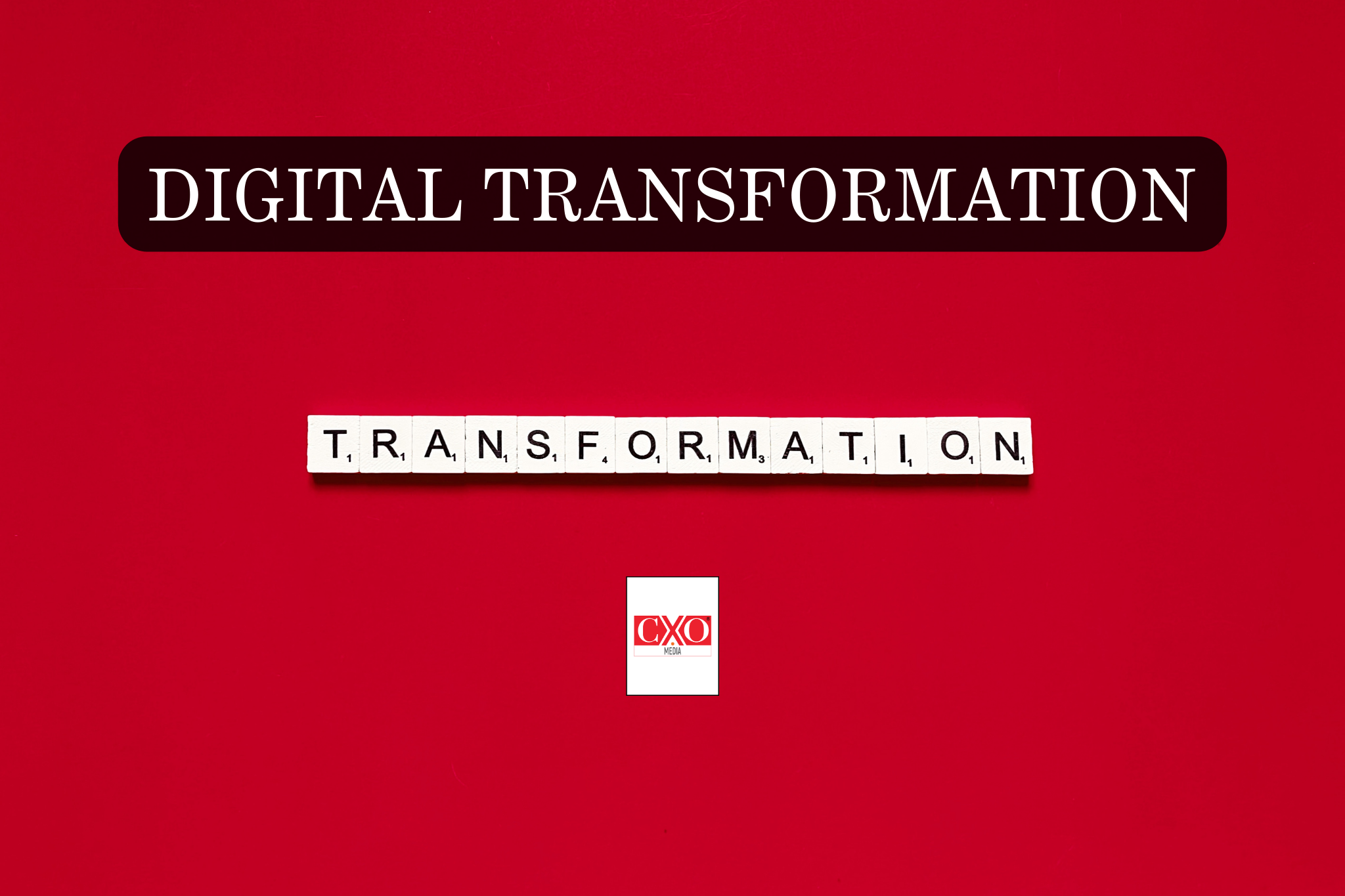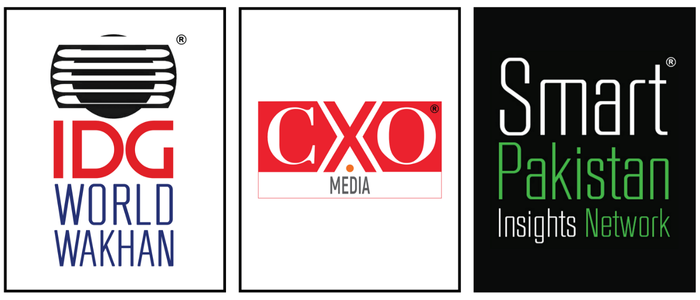As the digital epoch unfolds, Pakistan stands at the cusp of a transformative era, with its telecom sector poised for monumental growth. The past years have witnessed a marked increase in the market size, from a substantial USD 4.52 billion in 2024 to a projected USD 5.32 billion by 2029, charting a Compound Annual Growth Rate (CAGR) of 3.28% These figures mirror the vigorous activity and commitment to digital progress within the nation. Fuelled by strategic advancements and a steadfast resolve for growth, the industry’s leap forward is a testament to Pakistan’s potential as a digital powerhouse. The government’s blueprint for digitalization is deeply rooted in the expansion of 3G, 4G, and the forthcoming 5G services, setting the stage for a telecommunications revolution that is expected to reshape not only market dynamics but also the socio-economic fabric of the country.
Teledensity, indicative of the telecom connections per hundred individuals, has soared, revealing the escalating demand for telecom services across diverse sectors. The corporate world is increasingly intertwined with telecom services, leveraging them for a myriad of initiatives spanning social, educational, commercial, and health-related domains. The influx of Foreign Direct Investment (FDI) echoes the confidence in Pakistan’s telecom growth narrative, signaling a promising horizon. The surge in demand from individual and corporate customers has sparked innovation among service providers, who are now crafting new service bundles and entertainment products. These tactical shifts in response to consumer needs are sculpting a telecom landscape that is more adaptable and customer-focused.
In the backdrop of political challenges, the Pakistani government remains steadfast in its commitment to technological advancement. Despite delays, there is a determined plan to roll out 5G services by March of the following year, beginning with major urban centers like Islamabad, Karachi, and Lahore. This leap into the future is not merely about embracing advanced technology but also about fortifying the nation’s economic resilience and international competitiveness. The industry, while advancing, is acutely aware of its relatively nascent stage compared to other Asian markets. The fixed-line network, lagging due to underinvestment, contrasts sharply with the mobile sector, which has seen exponential growth in subscribers. The competitive mobile industry landscape, though beneficial for consumers, presents challenges such as the decline in average revenue per user (ARPU).
The future growth trajectory is expected to be propelled by the expansion of value-added services, alongside the burgeoning 4G LTE and imminent 5G networks. The Universal Service Fund (USF) underscores the industry’s dedication to inclusive growth by investing in mobile broadband for the nation’s underserved regions. Operators like Telenor and Ufone are expanding coverage into isolated regions, bridging the digital divide. During the COVID-19 pandemic, the telecom industry proved to be the backbone of high-speed data services, ensuring that vital sectors remained operational. The pandemic underscored the essential nature of telecom services and the necessity for ongoing investment and innovation.
The rapid expansion of Pakistan’s telecom sector, with mobile subscribers reaching 190 million and mobile broadband subscribers at 127 million as of September of the preceding year, showcases a digital revolution in the making. With an overall teledensity of 80.52% and broadband penetration at 54.48%, the sector’s growth is both quantitatively and qualitatively significant. Yet, challenges persist, such as a highly competitive market resulting in a decrease in ARPU (Average Revenue Per User) to $0.80 per month from $9 in 2003/2004, and the mobile industry being one of the most spectrum-deprived globally.
Despite these hurdles, the telecom sector has come a long way from its state-monopolized days in the 1990s. The liberalization of the market and the creation of a modern regulatory framework have been pivotal in this transformation. With mobile telephony subscriptions soaring from 0.3 million to 190 million since 2000, and significant foreign investments like Etisalat’s acquisition of PTCL and China Mobile’s buyout of Paktel to launch Zong, the sector is a testament to successful privatization and competition. The auction of 3G and 4G spectrums in 2014 marked another turning point, catalyzing economic growth and enhancing inclusivity across various sectors. As the nation grapples with the digital divide, the telecom industry’s role in facilitating connectivity becomes ever more critical.
In sum, Pakistan’s telecom industry stands at a crossroads, with vast potential and critical challenges. The sector’s evolution from a nascent market to a burgeoning digital powerhouse is a testament to a conscious shift from a state monopoly to an era of liberalization and competition. As we embark on the new decade, the telecom industry’s role is more crucial than ever, with technological advancements like 5G heralding new opportunities and challenges. Embracing the digital revolution, the sector must navigate the complex terrain of competitive markets, regulatory frameworks, and the ever-present digital divide. The resilience demonstrated during the global pandemic has proven the sector’s capacity for innovation and its critical role in society.
The industry’s commitment to expanding broadband to underserved regions, alongside the adoption of 5G, sets a hopeful tone for a more connected and inclusive future. The 3.28% CAGR may seem modest, but it encapsulates the story of an industry that is as much about connecting people as it is about driving the nation toward a prosperous and technologically advanced future. To conclude, from the narrative of Pakistan’s digital journey, every percentage point in market growth, every expansion in teledensity, and every new subscriber is a step towards realizing a vision of a connected and empowered society. The telecom sector is not just an industry; it is the bedrock upon which the digital dreams of Pakistan are being built, one connection at a time.
References:





